False alert warning Hawaii residents of incoming ICBM causes panic
An emergency alert warning of an incoming ballistic missile has been sent across the US state of Hawaii urging people to seek immediate shelter before being called off by the state’s emergency management agency as a “false alarm.”
The emergency alert that was sent to mobile phones across the state on Saturday stated in all caps, "Ballistic missile threat inbound to Hawaii. Seek immediate shelter. This is not a drill."
Hawaii Emergency Management Agency spokesman Richard Repoza later announced that it was a false alarm and the agency is trying to determine what happened.
This is while the US Pacific Command sent an email to media contacts early Saturday afternoon Eastern Time, stating "on the record" that the Navy command "has detected no ballistic missile threat to Hawaii."
The alert, however, had already caused panic on the pacific island and across social media.
Following the incident, Hawaii’s Democratic Governor David Ige announced later in the day that he was working to get to the bottom of a false mobile alert with plans to meet with senior State Department and military officials on Saturday. He further insisted that such errors must be averted to ensure confidence in the alert system.
“While I am thankful this morning’s alert was a false alarm, the public must have confidence in our emergency alert system. I am working to get to the bottom of this so we can prevent an error of this type in the future,” Ige said in a statement.
The alert stirred confusion and panic across the island state and a major tourist attraction. Within minutes after the emergency warning was issues, US authorities assured the public that no ballistic missile had been fired and that the alert came as the result of an error.
Yet the false alarm drew quick condemnations from Hawaii lawmakers, who underlined that the incident highlighted flaws in the system for pushing out such emergency alerts. They further demanded a quick fix to the process.
Moreover, the White House also declared on Saturday that President Donald Trump had been briefed on the matter, and that the alert was "purely a state exercise."
The false alarm came amid rising tensions between the US and North Korea, which has recently test launched a ballistic missile capable of striking the US mainland in response to persisting American military drills in the region joined by South Korean forces.
False alert lasted 38 minutes
Nearly 40 minutes elapsed between the emergency alert warning Hawaii residents about an incoming ballistic missile and a second alert declaring that it was a false alarm.
Some people posted screenshots of the mobile phones to social media showing that 38 minutes passed between the initial alert that sent residents of the US island state panicking and the subsequent one correcting it.
Governor: someone pushed wrong button
Later in the day the Hawaii governor told reporters that the alert, which led to widespread confusion and panic across the state, was sent because "an employee pushed the wrong button."
"It was a mistake made during a standard procedure at the changeover of a shift, and an employee pushed the wrong button," Ige said.
Meanwhile, the Federal Communications Commission announced after the incident that it would launch a full probe into the matter.
‘System failed miserably’: Top Hawaii MP
The Speaker of Hawaii’s House of Representatives ripped government agencies on Saturday for their delay in correcting a false alert about a ballistic missile heading toward the state, saying the system “failed miserably.”
Speaker Scott Saiki censured the response to the false emergency alert and demanded measures to avoid similar situations “that caused wholesale alarm and chaos today.”
“The system we have been told to reply upon failed and failed miserably today,” Saiki said in a statement. “I am deeply troubled by this misstep that could have had dire consequences.”
He further underlined that the Hawaii House of Representatives would investigate the incident, noting that “parents and children panicked” during the time it took for the state to send out a correction.
“Clearly, government agencies are not prepared and lack the capacity to deal with emergency situations,” Saiki said.
Other Hawaii lawmakers have started calling for officials to be held accountable for the errant alert that sparked confusion on the island state.
One of the first to alert residents that the initial message was a false alarm was Hawaii’s Democratic Congresswoman Tulsi Gabbard, who tweeted that she had confirmed with officials that it was false.
“The people of Hawaii just got a taste of the stark reality of what we face here of a potential nuclear strike on Hawaii," Gabbard said in an interview shortly afterwards on CNN. “This is a real threat facing Hawaii."
The development came as Hawaii's Emergency Management Agency administrator claimed blame for the false alert system on Saturday that sent state residents scrambling.
"It's my responsibility, so this would be my fault," Administrator Vern Miyagi said at a press conference. "We'll take action to prevent this from ever happening again."
VIDEO | Press TV's news headlines
VIDEO | Iranian military's 'Zolfaqar' exercises continue in full swing
VIDEO | People’s Fair for Gaza fundraiser held in New York
Hamas: Netanyahu tampering with fate of Israeli captives
VIDEO | Kashmir pays homage to Hezbollah leaders
VIDEO | Trump's ethnic cleansing plan draws Palestinian supporters to Seoul rally
VIDEO | An insider's view of the country: Kashan City
Iran condemns ‘vicious act of Israeli terrorism against civilians’


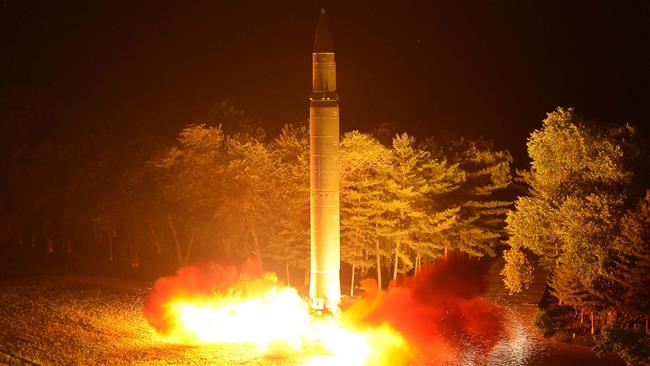

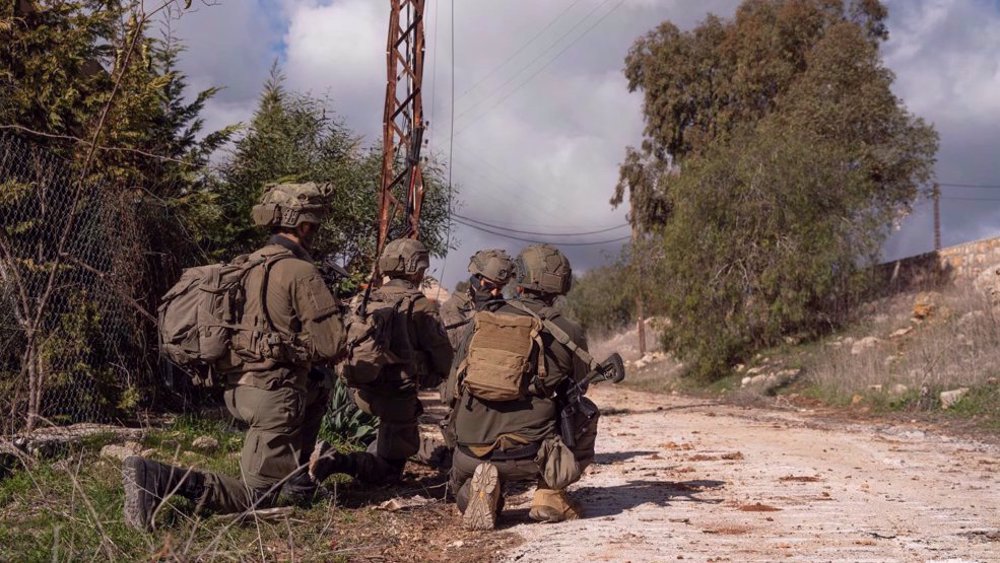
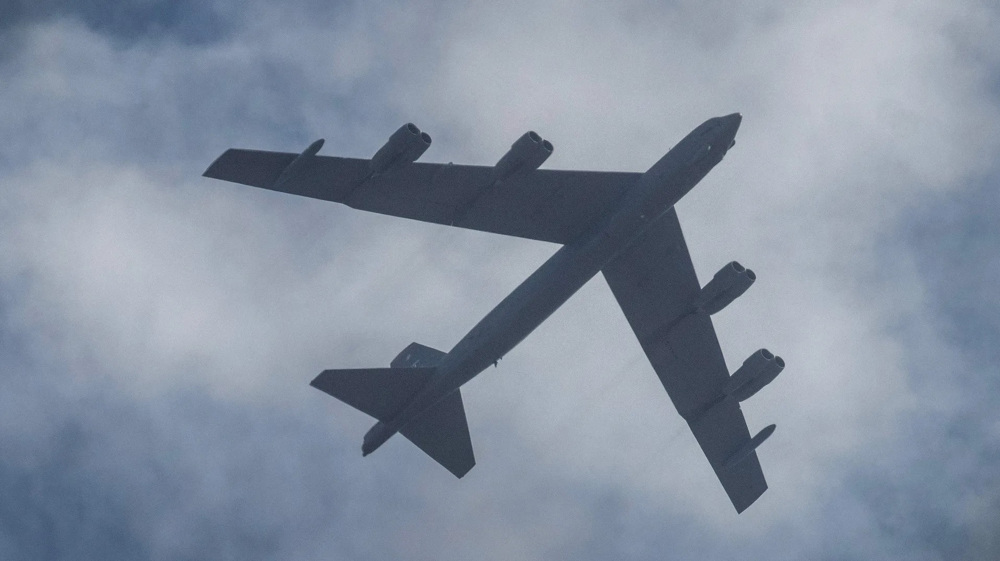



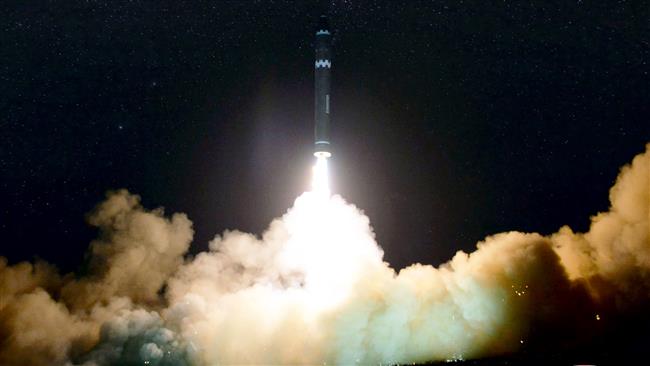
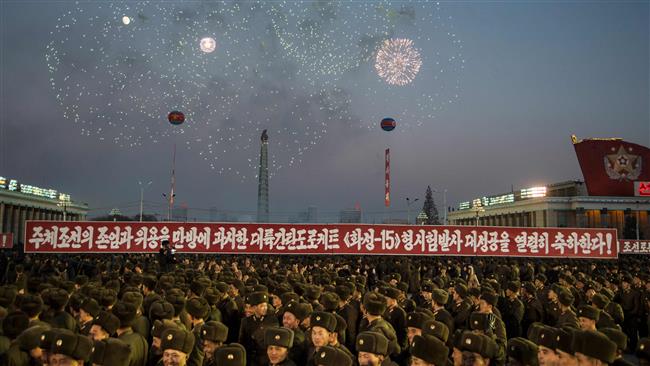
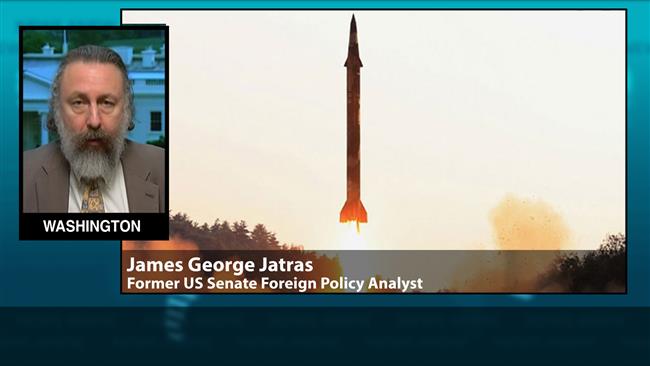

 This makes it easy to access the Press TV website
This makes it easy to access the Press TV website